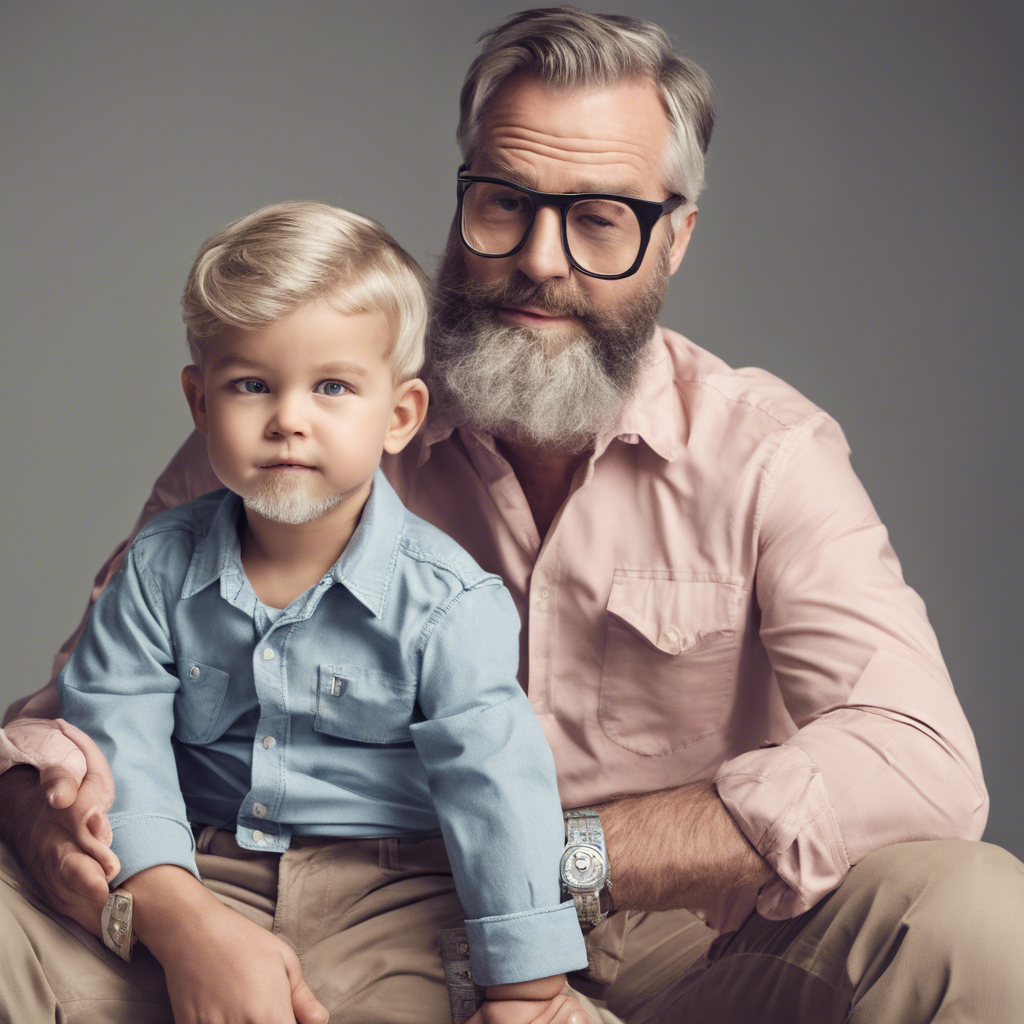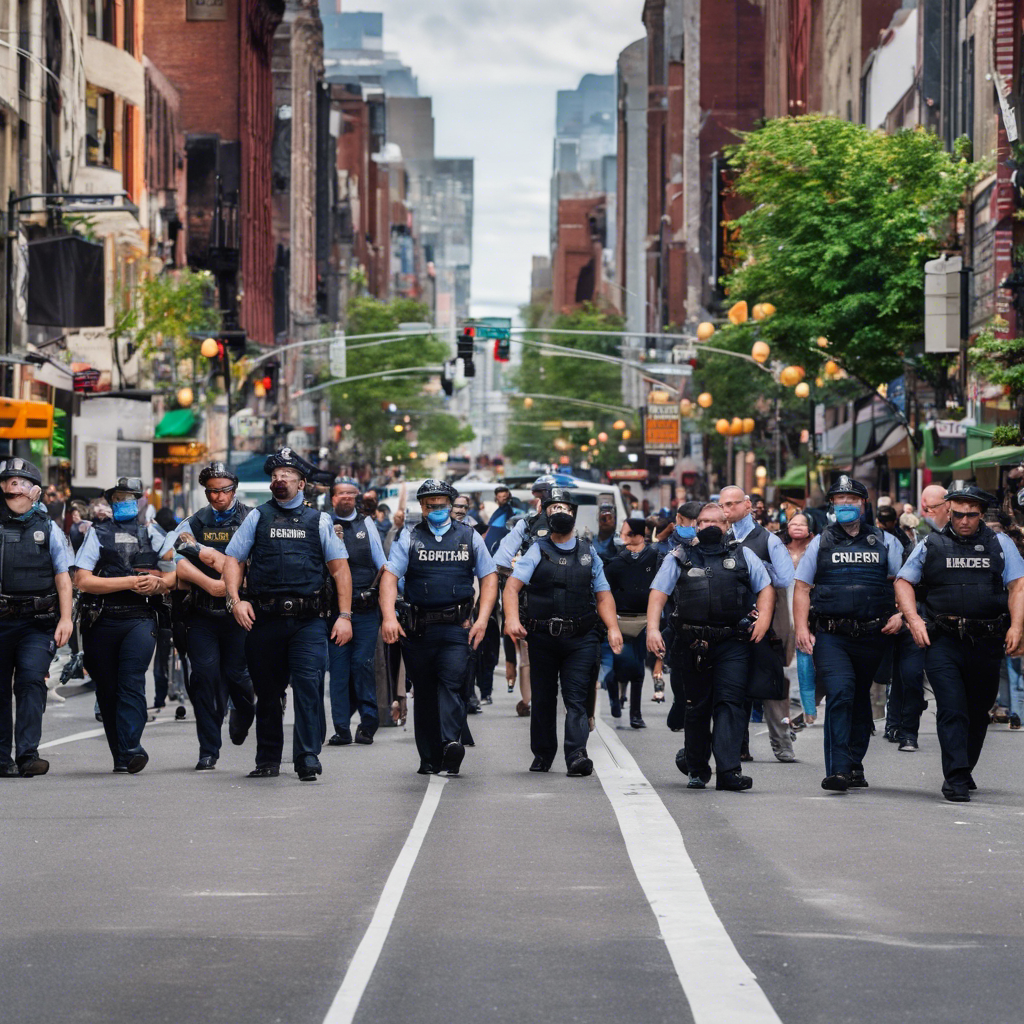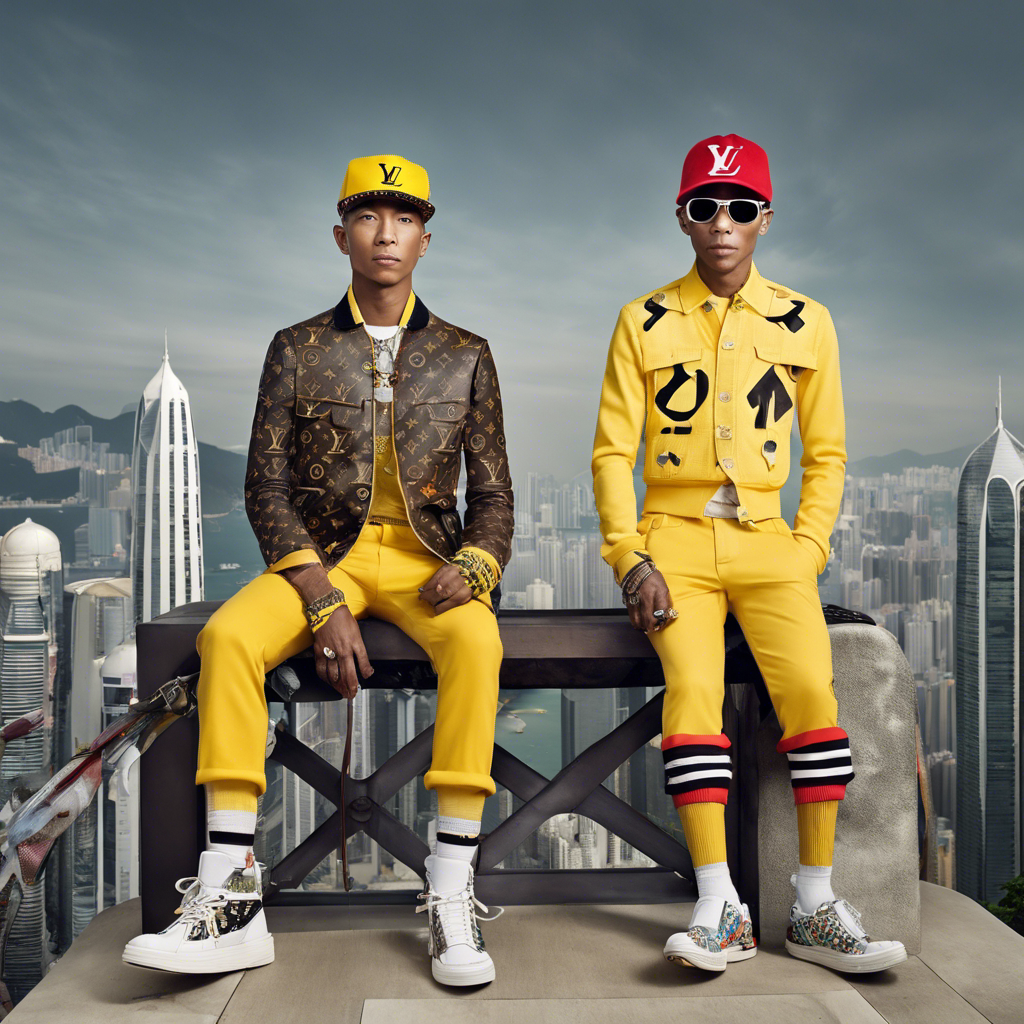Dad Fashion: The Return of Comfort and Pragmatism

As the economy cools and consumer sentiment wanes, dad fashion is making a comeback, offering a blend of comfort, nostalgia, and practicality.
In a world that has been dominated by flashy and provocative fashion trends, a new style is emerging as a counterbalance. Dad fashion, characterized by its emphasis on comfort, practicality, and a touch of nostalgia, is making a comeback. This trend, reminiscent of the 90s Kramercore, is gaining popularity in a more pragmatic economy as Americans worry about a potential downturn. Brands like New Balance and L.L. Bean, known for their dad-style staples, have seen a surge in popularity. But what is driving this resurgence, and why are consumers gravitating towards a more subdued and timeless fashion aesthetic?
The Economic Influence on Fashion Trends
The economic climate plays a significant role in shaping fashion trends, and the return of dad fashion is no exception. Unlike the post-vaccine era, when consumers eagerly embraced extravagant and luxurious styles, the current economic outlook is more cautious. Inflation, high prices, and a cooling job market have dampened consumer sentiment, particularly among younger generations burdened by heavy debt loads. A New York Times/Siena College poll revealed that only 11% of Americans aged 18 to 29 feel positive about the economy, while 89% view it as poor or fair. In this uncertain economic landscape, consumers are gravitating towards dad fashion as a reflection of their pragmatic mindset and a desire for comfort and stability.
The Evolution of Dad Fashion
Dad fashion is not a new trend but rather a returning style with a contemporary twist. In the 90s, Seinfeld’s character Kramer popularized the dad vibe, with his outfits becoming iconic and sought after. The appeal of dad fashion during that era can be attributed to the uncertain world and rocky economy that consumers faced. The combination of timelessness and chaos embodied by the style resonated with the times. Now, in a similar vein, dad fashion is making a resurgence as consumers navigate a tempered economic situation. The cyclical nature of dad fashion suggests that it tends to emerge a few years after a recession or economic fluctuations, capturing the mood of consumers who are feeling wary but not at their worst.
The Rise of Core Cultures
The revival of dad fashion aligns with the rise of core cultures, which have gained prominence through platforms like Tumblr, Reddit, Instagram, and TikTok. These online communities allow fashion enthusiasts to break down trends into subcultures and find their niche. Dadcore, a subculture within the broader dad fashion trend, has successfully transitioned from an internet tribe to the mainstream. The fragmentation of fashion consumption has led to a more diverse range of styles and a greater emphasis on belonging to a community. This shift has contributed to the popularity of dad fashion, as consumers seek to distinguish themselves within the core culture landscape.
Conclusion: Dad fashion’s resurgence reflects a shift in consumer mindset and the economic climate. As Americans face a cooled-off economy and grapple with financial uncertainty, the appeal of comfort, practicality, and nostalgia becomes more pronounced. Dad fashion offers a sense of stability and timelessness, resonating with consumers who prioritize functionality over fleeting trends. The cyclical nature of dad fashion suggests that it will continue to evolve and adapt to the changing economic landscape, providing a sartorial refuge for those seeking solace in uncertain times.










